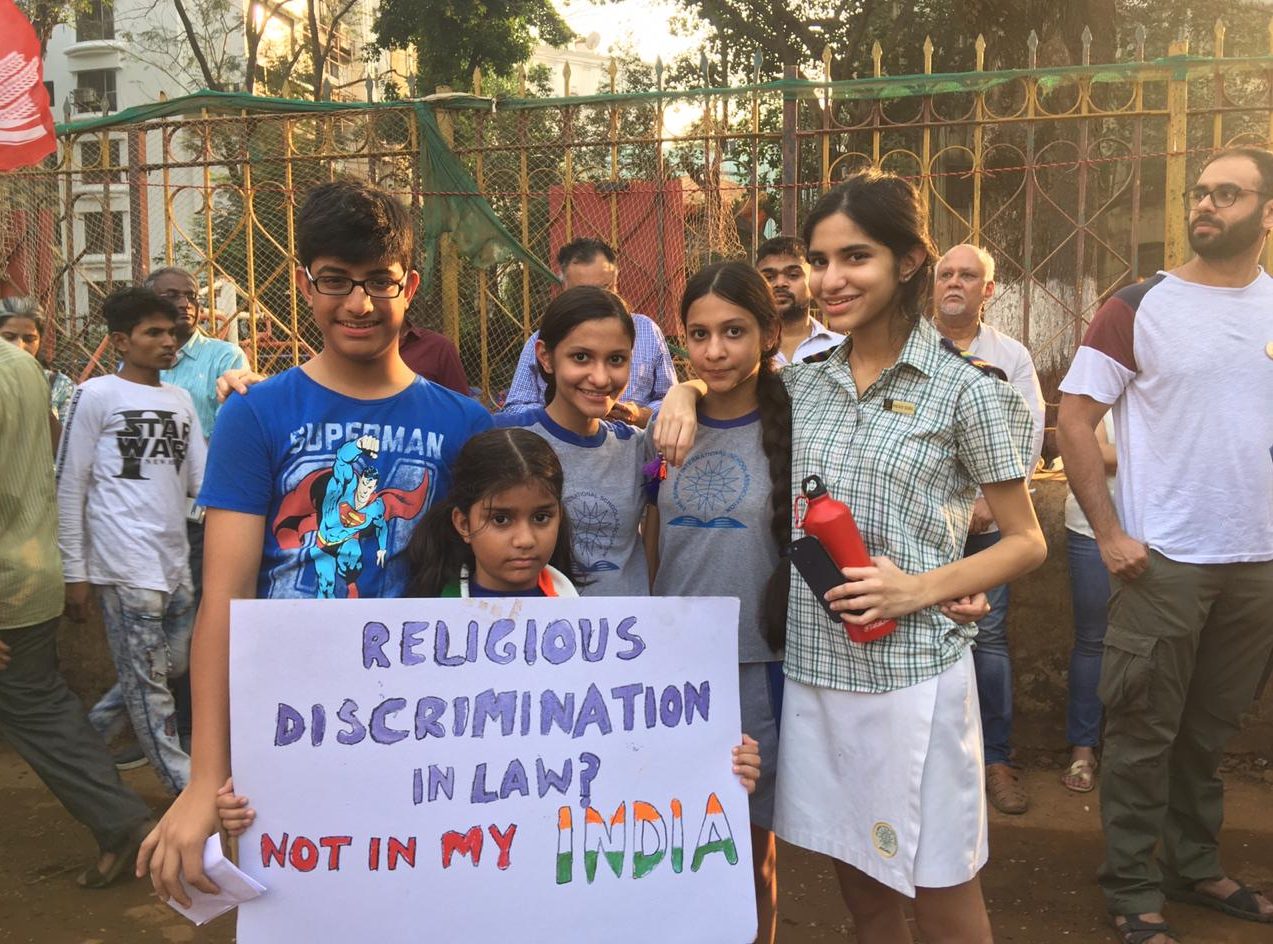How Mumbai set a brilliant example of how a protest should be: non-violent, yet charged with emotions
In the last fifteen years that I have lived in Mumbai, I have often criticized it for its impersonal ways. For its indifference to causes, for its inability to come out on to the streets and protest. I grew up in Kolkata and studied in Jadavpur University, where no matter what the rhyme or the reason, protest runs in everyone’s blood. Whether it’s Maradona’s exclusion from the Argentine football team or against Apartheid in South Africa, Kolkata has always raised its flag. While at Jadavpur, we even protested against politics. We built an apolitical body, that defeated the strong Students Federation of India in the college elections and held office for all the five years I spent there.
But yesterday, Mumbai proved how wrong I was. When the idea of India was being questioned, its Constitution threatened, Mumbai rose to the occasion. And how! A massive crowd of 25,000 descended on the August Kranti Maidan on a sunny December afternoon to protest against the draconian Citizens Amendment Act. And set a brilliant example of exactly how a protest should be – entirely non-violent yet charged with emotions.
The protest gathering was a reflection of what India is. The India that we are still proud of, the India that seems to be fast disappearing. A gathering across social classes, religions, sexes, sexual orientations and age groups. Without a hint of intimidation or violence.
The traffic from Girgaum Chowpatty had come to a standstill, so we decided to walk. Our route took us past Mahatma Gandhi’s Mani Bhavan. The chants of the protesters could already be heard from Gandhi’s Mumbai home. It was as if Gandhi was present today, blessing Mumbai with a lesson in how effective a non-violent protest could be. The August Kranti Maidan was fast filling up, but we managed to get in. It was from here that the calls of the Quit India Movement had first resonated. There was a 94-year old freedom fighter on stage. G.G. Parikh had just told everyone that the gathering was larger than the one he had witnessed on that historic day. This was followed by a huge roar of appreciation.
We heard many passionate speeches, and we joined in every time the cry of ‘Azaadi’ came on. As did the thousands around us.
I later read that many Bollywood stars joined the protest. There was Swara Bhaskar, Nandita Das, Farhan Akhtar, Saeed Mirza, Huma Qureshi and Sushant Singh. There were social activists, student leaders and a few politicians. But it was the ordinary citizen that empowered the gathering.
Amidst the solemnity of the situation, the placards stood out for their humour and wit. One said ‘Jab Hindu Muslim Ho Raazi, to kya karega Nazi? [If Hindus and Muslims are agreeable, then what can the Nazi do?]’ Another said, ‘Bure din vapas de do [Give back our bad days].’ And ‘Make chai not war,’ as well as ‘It’s so bad that even the cynics are here,’ or ‘Kisi ke baap ka thodi na hai India [India is not “owned” by an individual],’ and ‘We will resist.’
In the sea of faces, I encountered a familiar one. A former colleague I had never thought I would meet again. She said she was a new mother, but she told her father that he just had to look after the baby today. There was no way she could miss this protest.
My seven-year old daughter helped me make a placard that said, ‘Religious discrimination in law? Not in my India.’ She painted the word India in its tricolours and held it high throughout. She comes from a mixed background, where there are celebrations on Eid, Navroze, Christmas and Durga Puja. This is the only India she knows. And this is the India I hope I can leave behind for her.
Thank you Mumbai, for giving me and my children the opportunity to stand up and be counted.


Comments are closed.